Habitual footwear use has been reported to influence foot structure with an acute exposure being shown to alter foot position and mechanics. The foot is highly specialised thus these changes in structure/ position could influence functionality. This review aims to investigate the effect of footwear on gait, specifically focussing on studies that have assessed kinematics, kinetics and muscle activity between walking barefoot and in common footwear. In line with PRISMA and published guidelines, a literature search was completed across six databases comprising Medline, EMBASE, Scopus, AMED, Cochrane Library and Web of Science. Fifteen of 466 articles met the predetermined inclusion criteria and were included in the review. All articles were assessed for methodological quality using a modified assessment tool based on the STROBE statement for reporting observational studies and the CASP appraisal tool. Walking barefoot enables increased forefoot spreading under load and habitual barefoot walkers have anatomically wider feet. Spatial-temporal differences including, reduced step/stride length and increased cadence, are observed when barefoot. Flatter foot placement, increased knee flexion and a reduced peak vertical ground reaction force at initial contact are also reported. Habitual barefoot walkers exhibit lower peak plantar pressures and pressure impulses, whereas peak plantar pressures are increased in the habitually shod wearer walking barefoot. Footwear particularly affects the kinematics and kinetics of gait acutely and chronically. Little research has been completed in older age populations (50+ years) and thus further research is required to better understand the effect of footwear on walking across the lifespan.
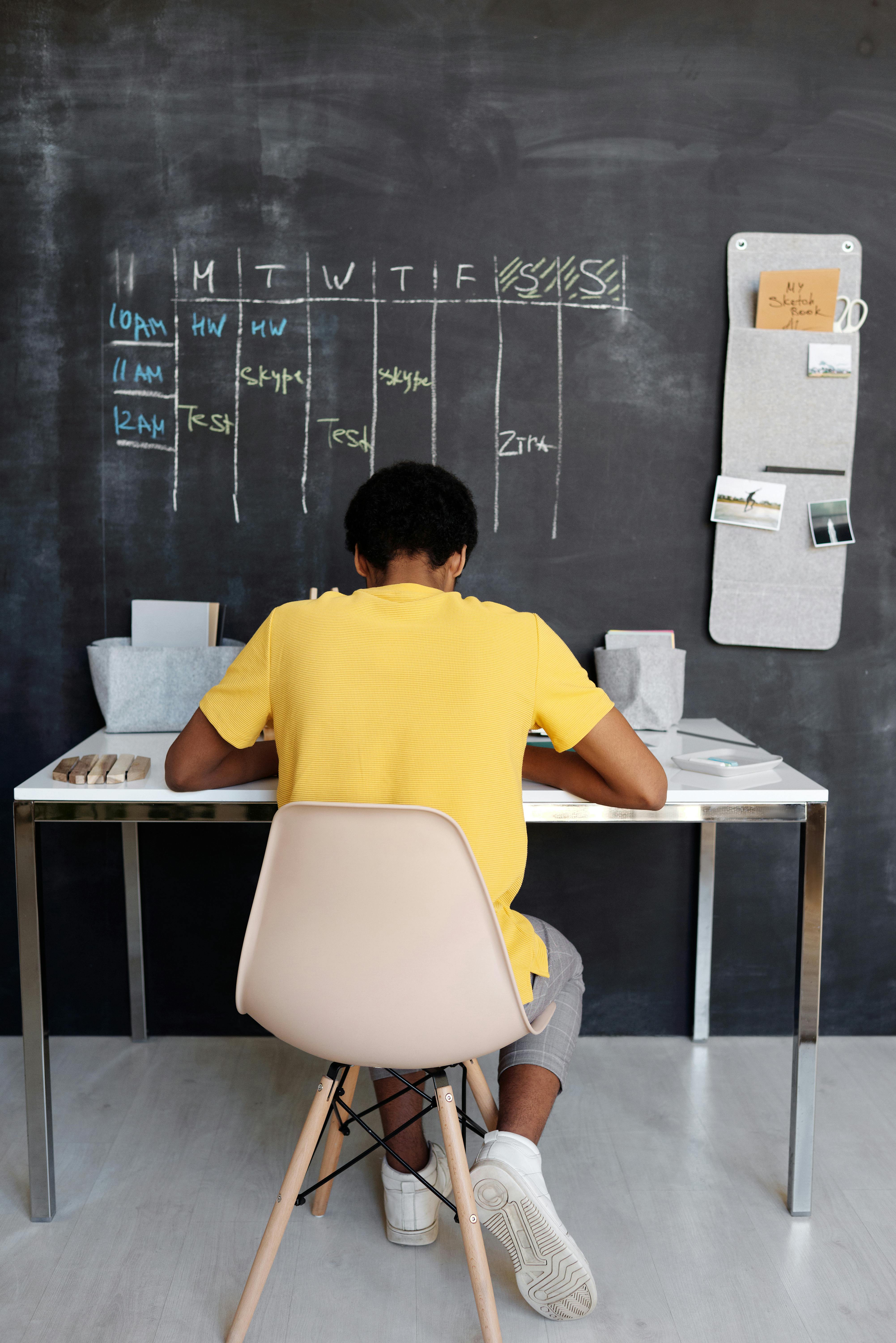

Modern Life
It begins in childhood — sitting at desks, limited play, and too much screen time.
As we grow, stillness becomes the norm. Chairs, shoes, cars, and screens replace natural movement.
By adulthood, our bodies are already adapting — in all the wrong ways. Muscles weaken, joints stiffen, and we move less without even realising it. Modern life doesn’t just reduce movement. It rewires us away from it.

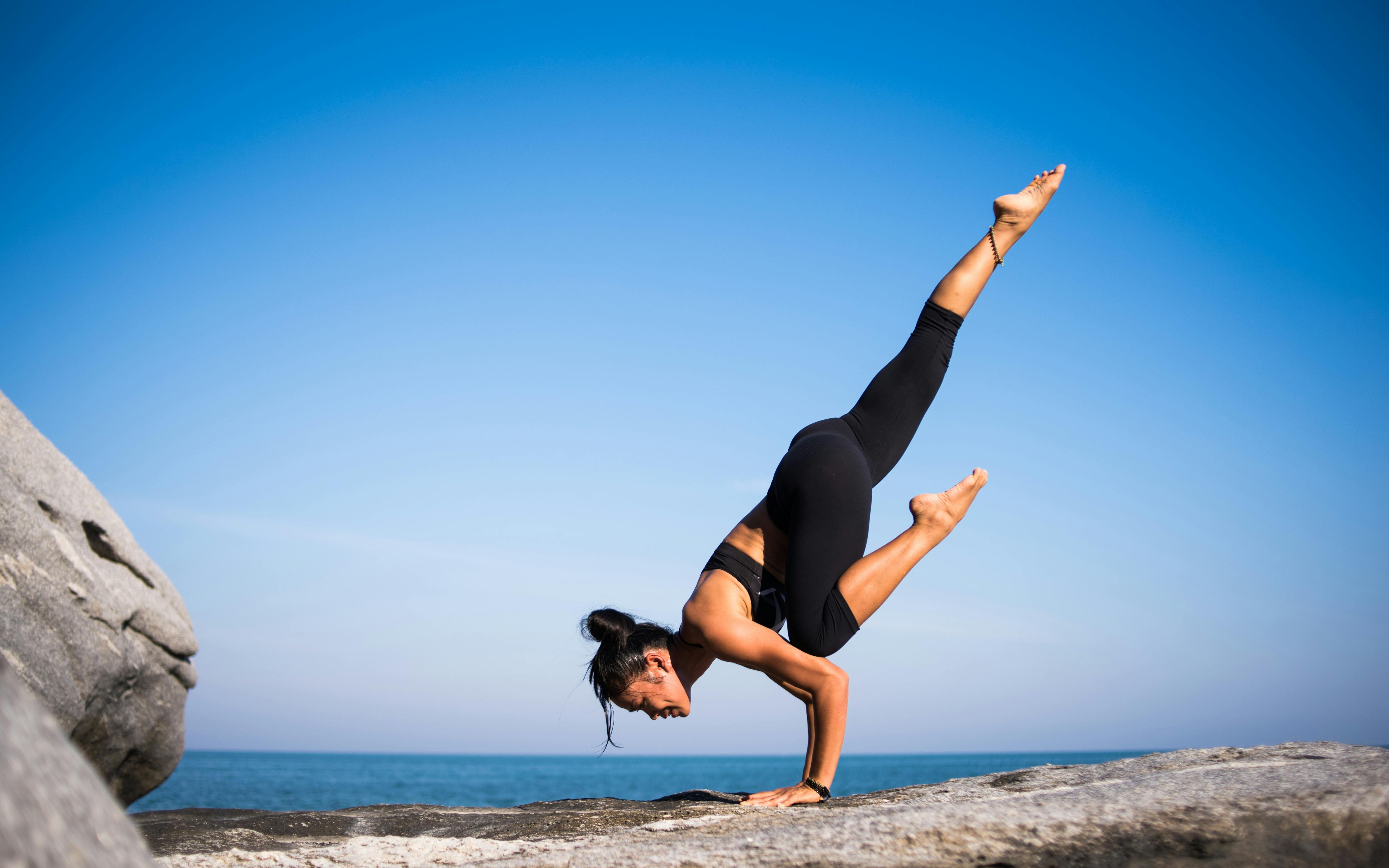
Designed to Move
Our bodies were built for motion. From the ground up, everything about us is made to move — joints that bend and rotate, muscles that contract and respond, feet that adapt to uneven terrain. Movement is in our DNA.
But when we stop moving, the system breaks down. Joints stiffen. Muscles weaken. Posture collapses. And our bodies start to compensate in harmful ways — creating tension, imbalance, and pain.
Movement isn’t just natural. It’s necessary. Without it, we lose not just mobility, but function.
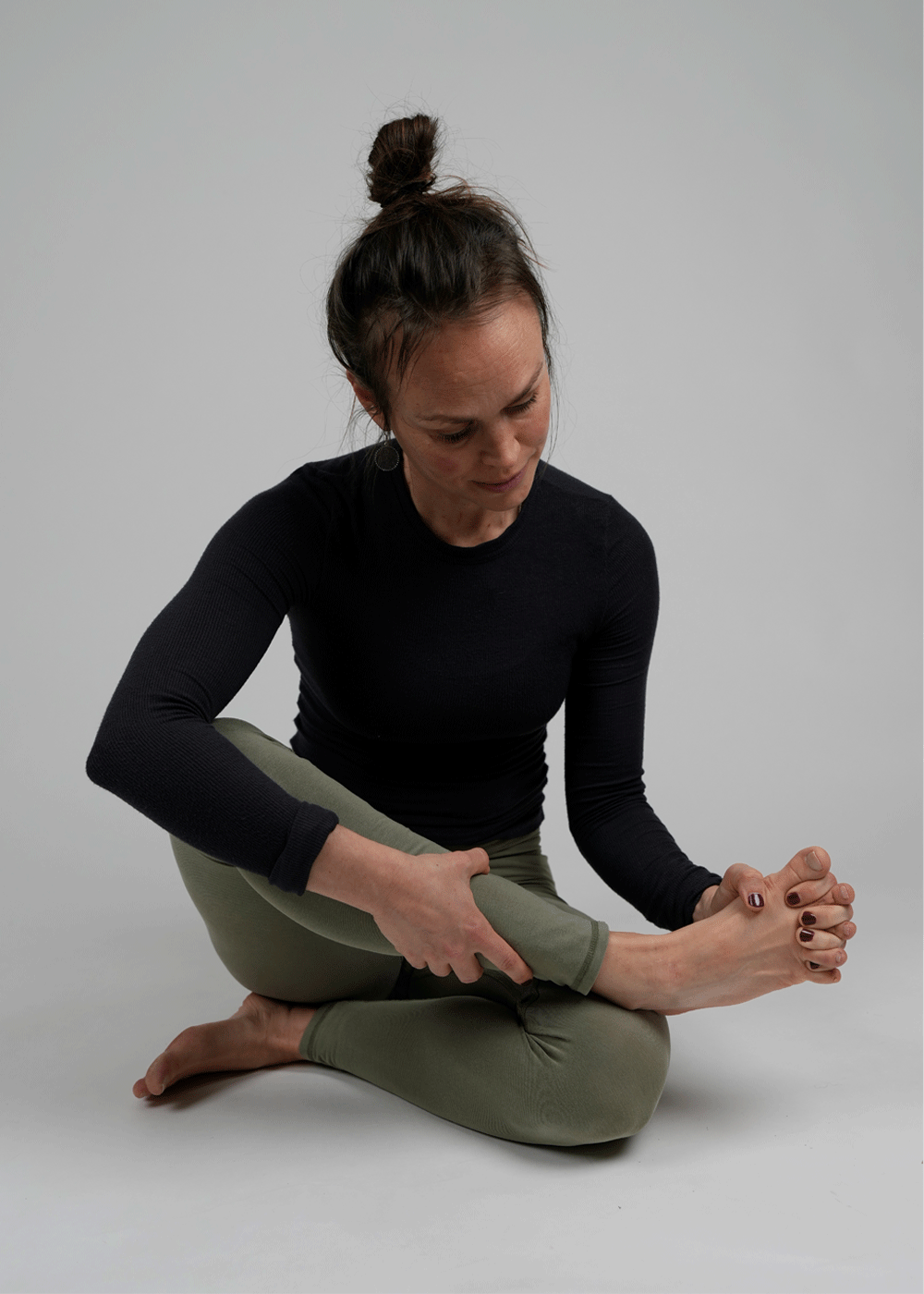
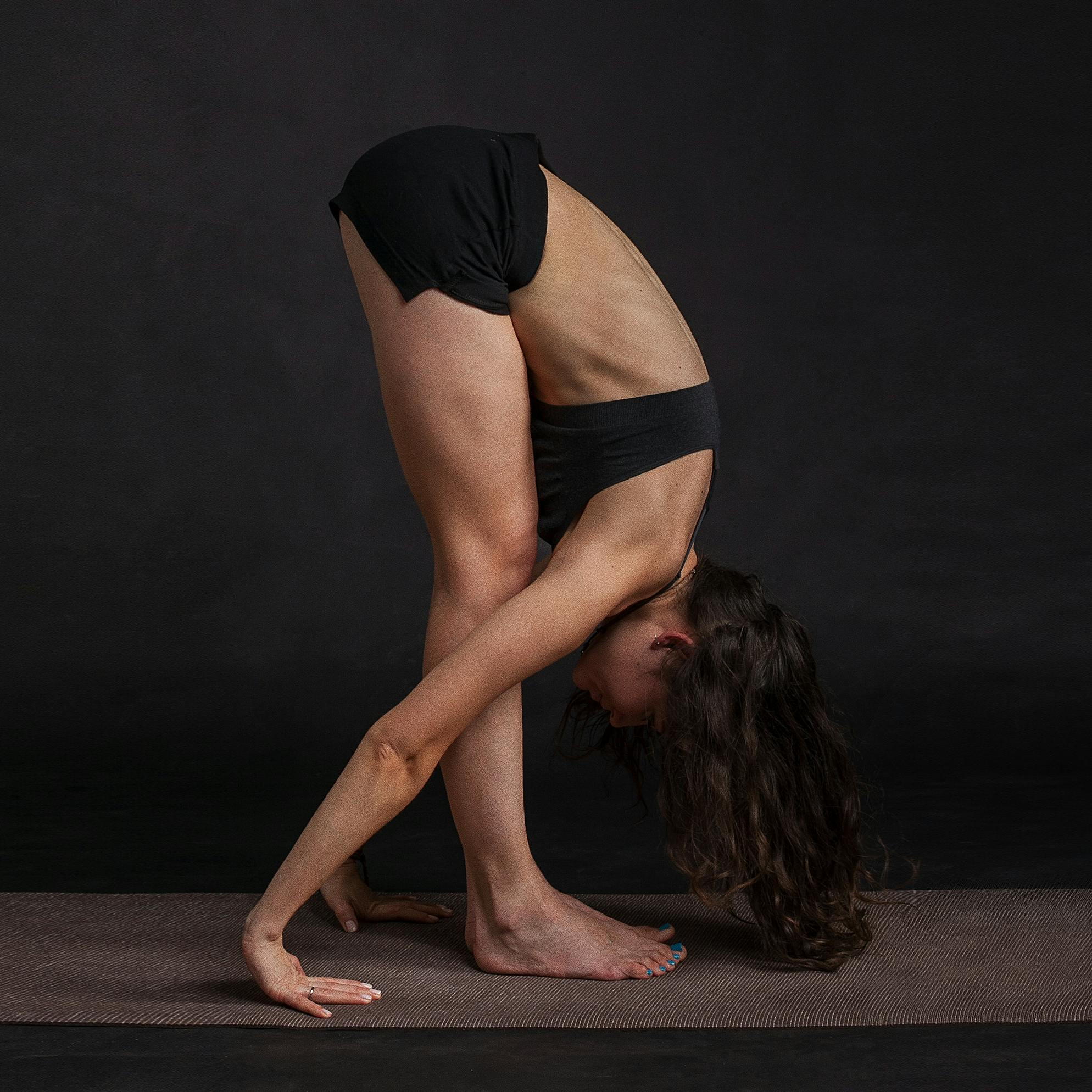
Reclaim Natural Movement
You don’t need a gym or hours of free time to start moving better — it begins with small choices, repeated daily. Walk during your lunch break. Take the stairs instead of the lift. Spend more time barefoot at home. Choose shoes that let your feet move naturally. These simple habits reconnect you with the way your body is meant to function.
Reclaiming natural movement isn’t about doing more — it’s about doing what’s right for your body. The more you move with intention, the more your strength, balance, and coordination return. Over time, movement becomes effortless again — not something you force, but something that flows.

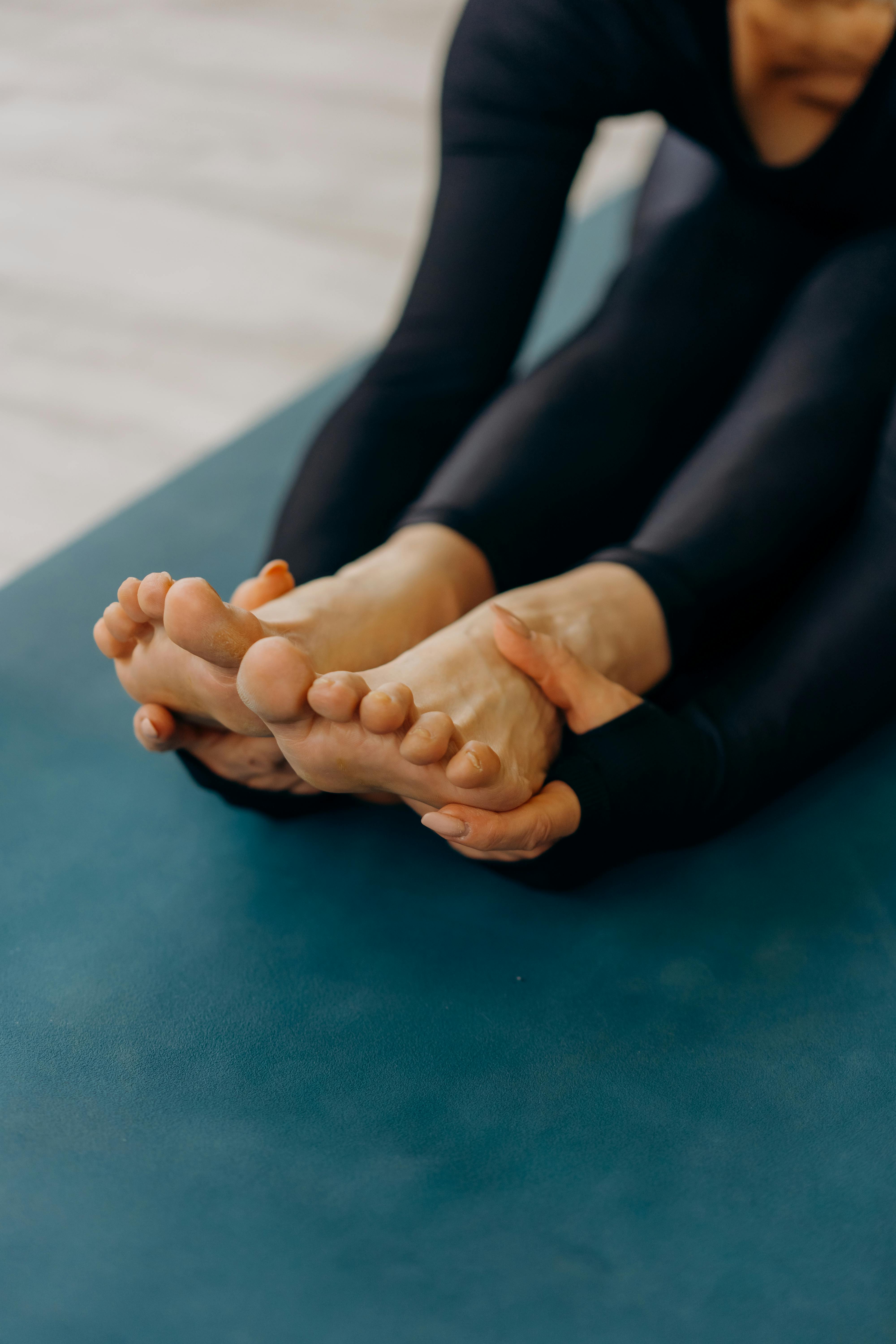
MAKE THE CHANGE
Feeling stiff, unstable, or disconnected from how your body moves? If yes, this is your sign to start changing that.
Movement doesn’t have to be complicated. You just need the right tools, a bit of guidance, and a simple way to begin. That’s exactly what our Starter Bundle is designed for.
It’s everything you need to rebuild strength, stability, and mobility — starting at the feet and working your way up.
Small daily changes lead to lasting results. Your body is ready — now it’s your move.

assessing
At My Foot Function, we begin by thoroughly assessing the structure of each shoe. With our extensive knowledge of shoe manufacturing and foot function, we look beyond the surface, identifying the hidden clues that determine how a shoe will impact foot health and function. Every detail matters, from materials to design, ensuring we evaluate each shoe with precision and expertise.

testing
The testing phase starts with real-world use—we wear the shoes consistently for 14-28 days, using them exactly as intended. During this period, we analyze their effect on foot health, weight distribution, and overall comfort. To go even deeper, we cut some shoes open to examine their internal structure, revealing insights that aren't visible from the outside.
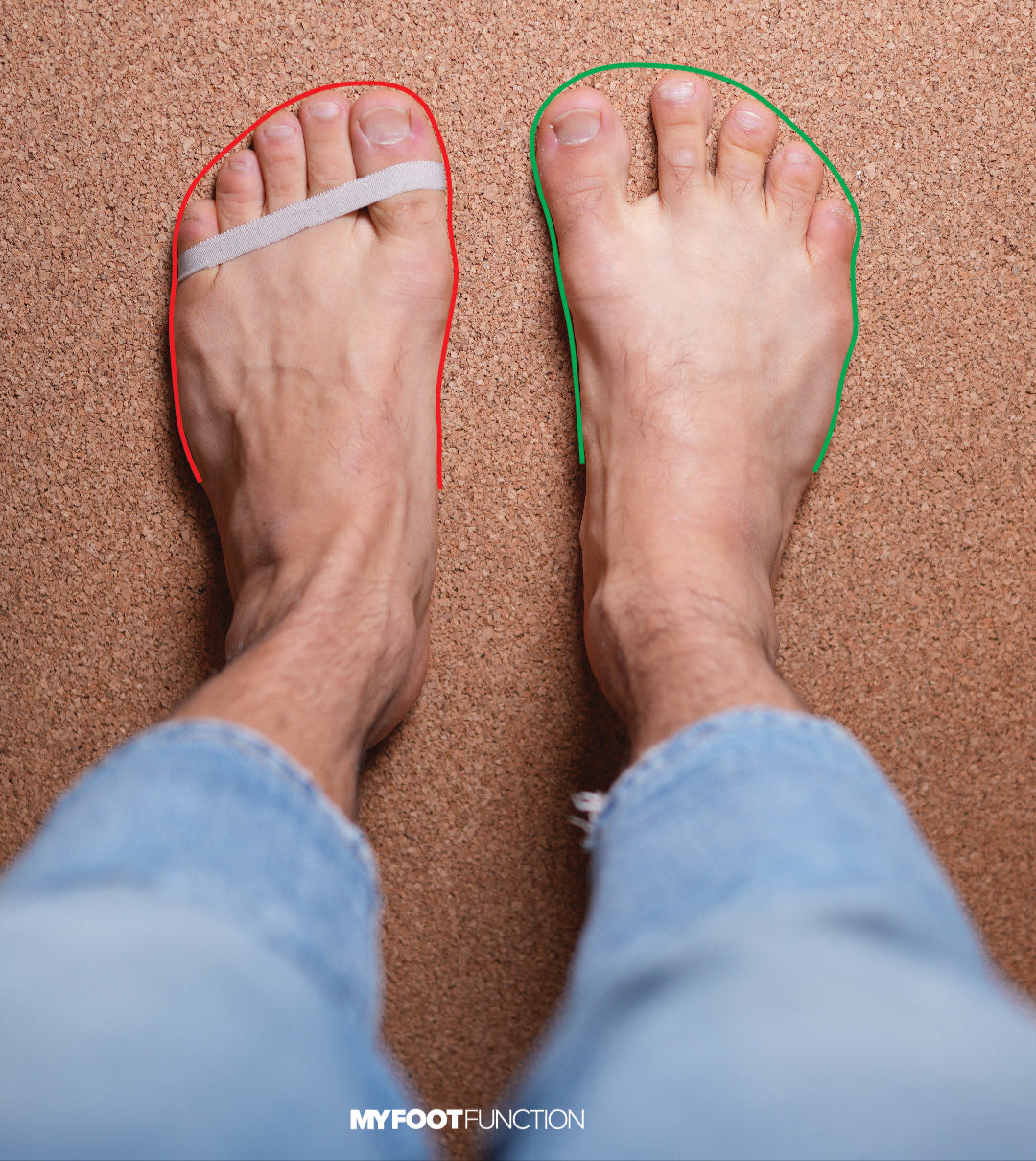
approval
Shoes that pass our testing process are MFF-approved, meeting our core principles of foot health and functionality. Approved shoes are then categorized by foot width, ensuring you find the right fit. Our goal is to be as descriptive as possible, providing a detailed breakdown of each shoe based on our rigorous assessment and testing process.

about us
Over the years, we've collaborated with some of the biggest brands in functional footwear, advising on development and education. This deep expertise allows us to test shoes at an entirely new level, focusing purely on function over style. Our mission is to provide unbiased, research-driven insights, helping you make informed choices for your foot health.



Share:
Investigations into the Fat Pads of the Sole of the Foot